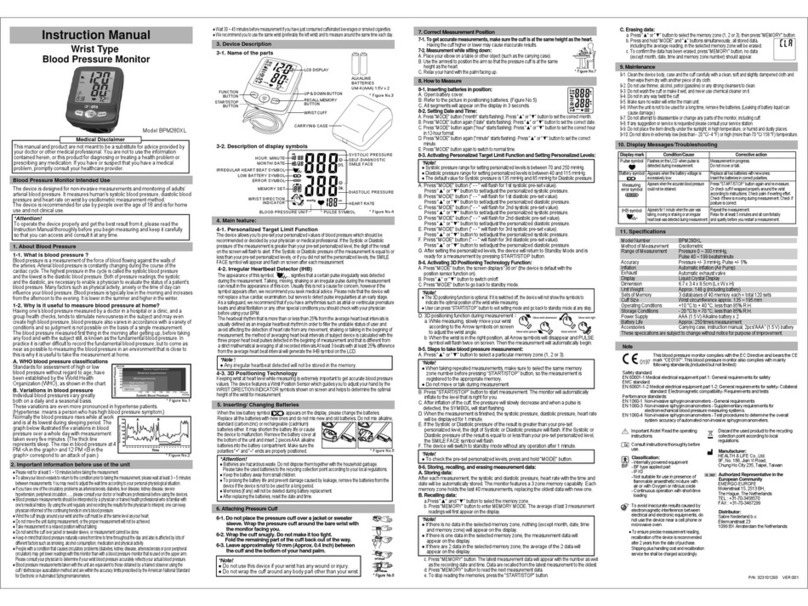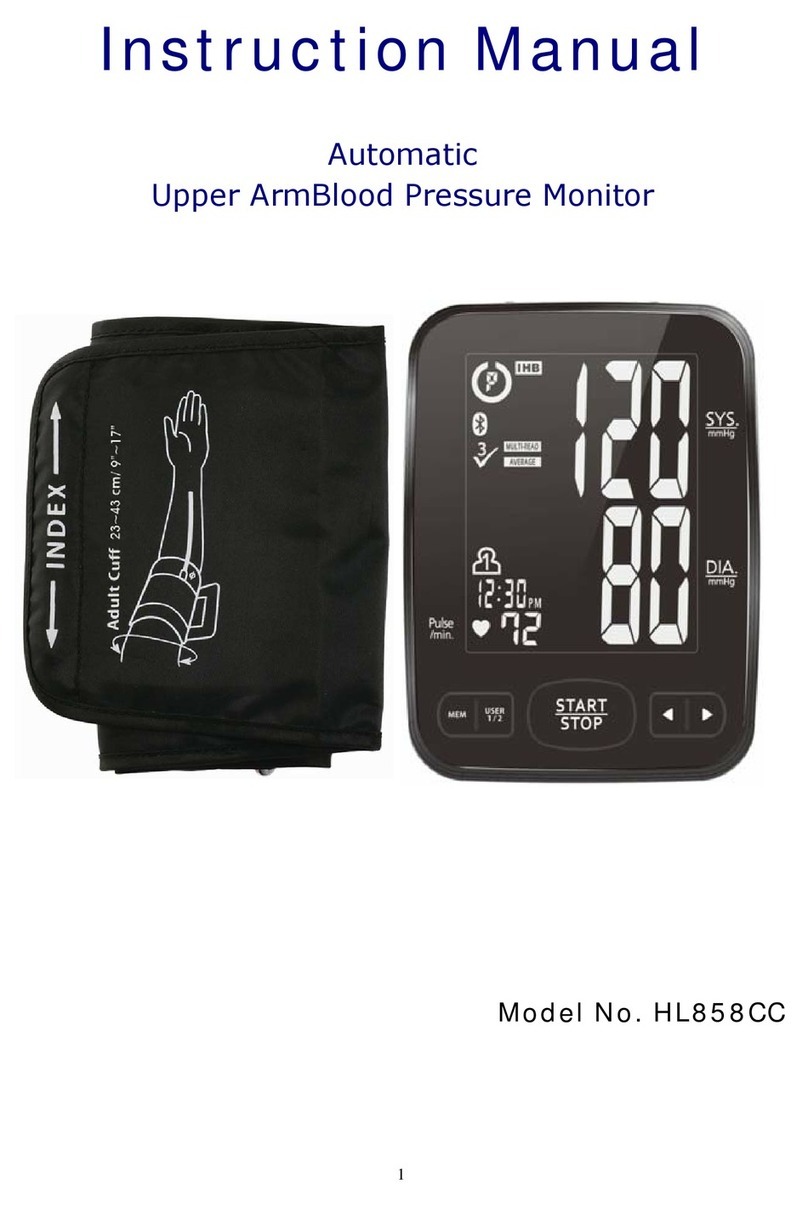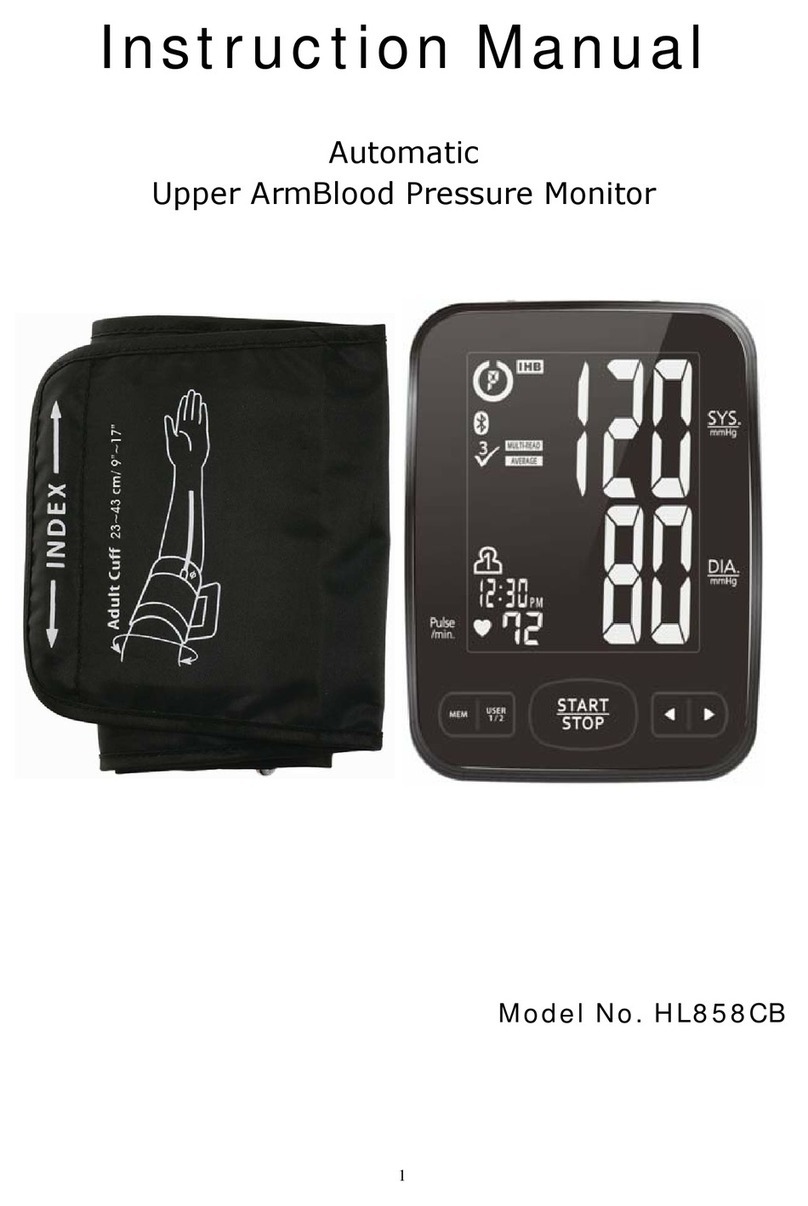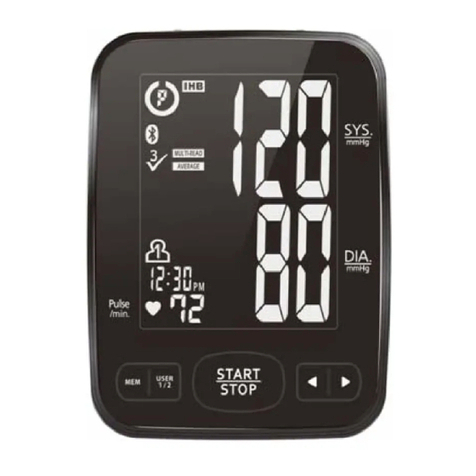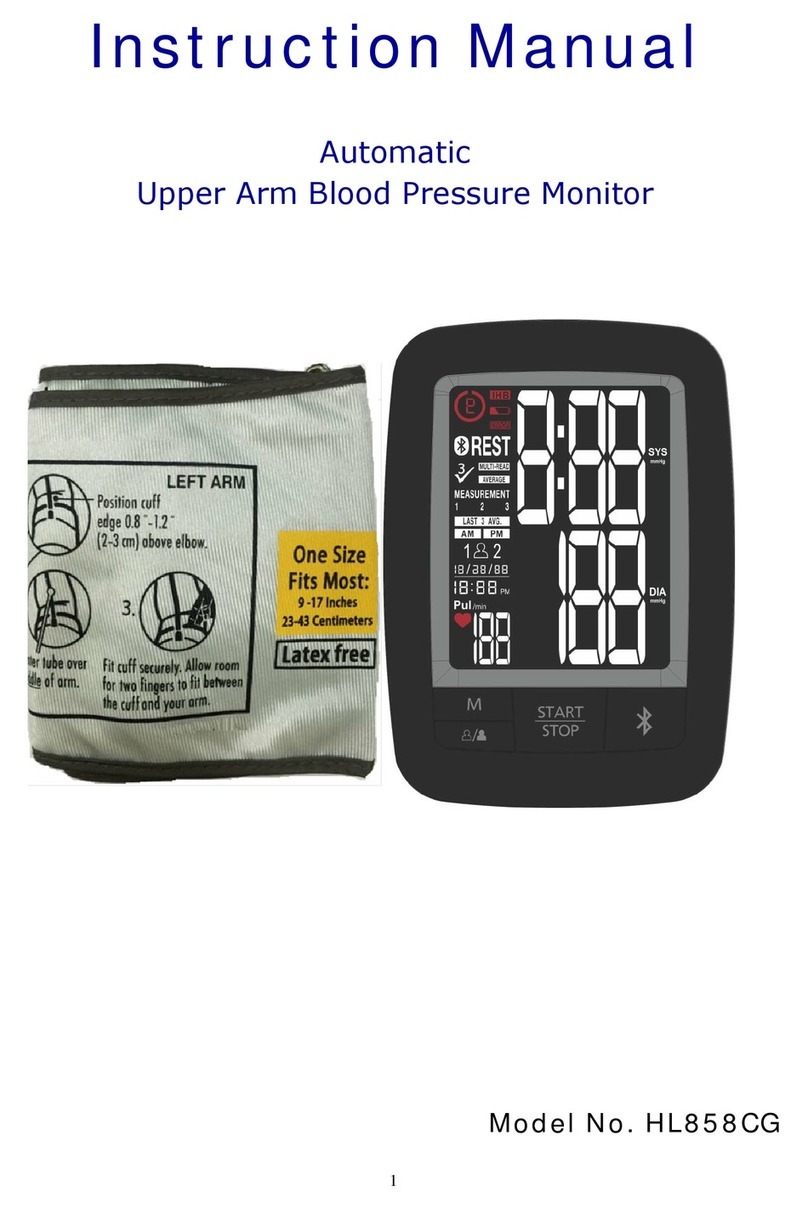
1. What is blood pressure?
Blood pressure is the measurement of the force of blood pushing
against the walls of the arteries. Arterial blood pressure is
constantly fluctuating during the course of the cardiac cycle. The
highest pressure in the cycle is called the systolic blood pressure,
and represents the pressure in the artery when the heart is beating.
The lowest pressure is the diastolic blood pressure, and represents
the pressure in the artery when the heart is at rest. Both the
systolic and the diastolic pressure are necessary for a physician to
evaluate the status of a patient's blood pressure.
Many factors such as physical activity, anxiety or the time of day,
can influence your blood pressure. Blood pressure is typically low
in the mornings and increases from the afternoon to the evening.
It is on average lower in the summer and higher in the winter.
2. Why is it useful to measure blood pressure
at home?
Having one's blood pressure measured by a doctor in a hospital or
a clinic, is often associated with a phenomenon called “White Coat
Hypertension” where the patient becomes nervous or anxious,
thus raising his blood pressure. There are also numerous other
factors that might cause your blood pressure to be raised at a
specific time of day. This is why medical practitioners recommend
home monitoring as it is important to get readings of blood
pressure during different times of the day to really get an idea of
your real blood pressure.
Medical practitioners generally recommend the “Rule of 3”, where
you are encouraged to take your blood pressure three times in a
row (at 3 ~ 5 minute interval), three times a day for three days.
After three days you can average all the results and this will give
you an accurate idea of what your blood pressure really is.
